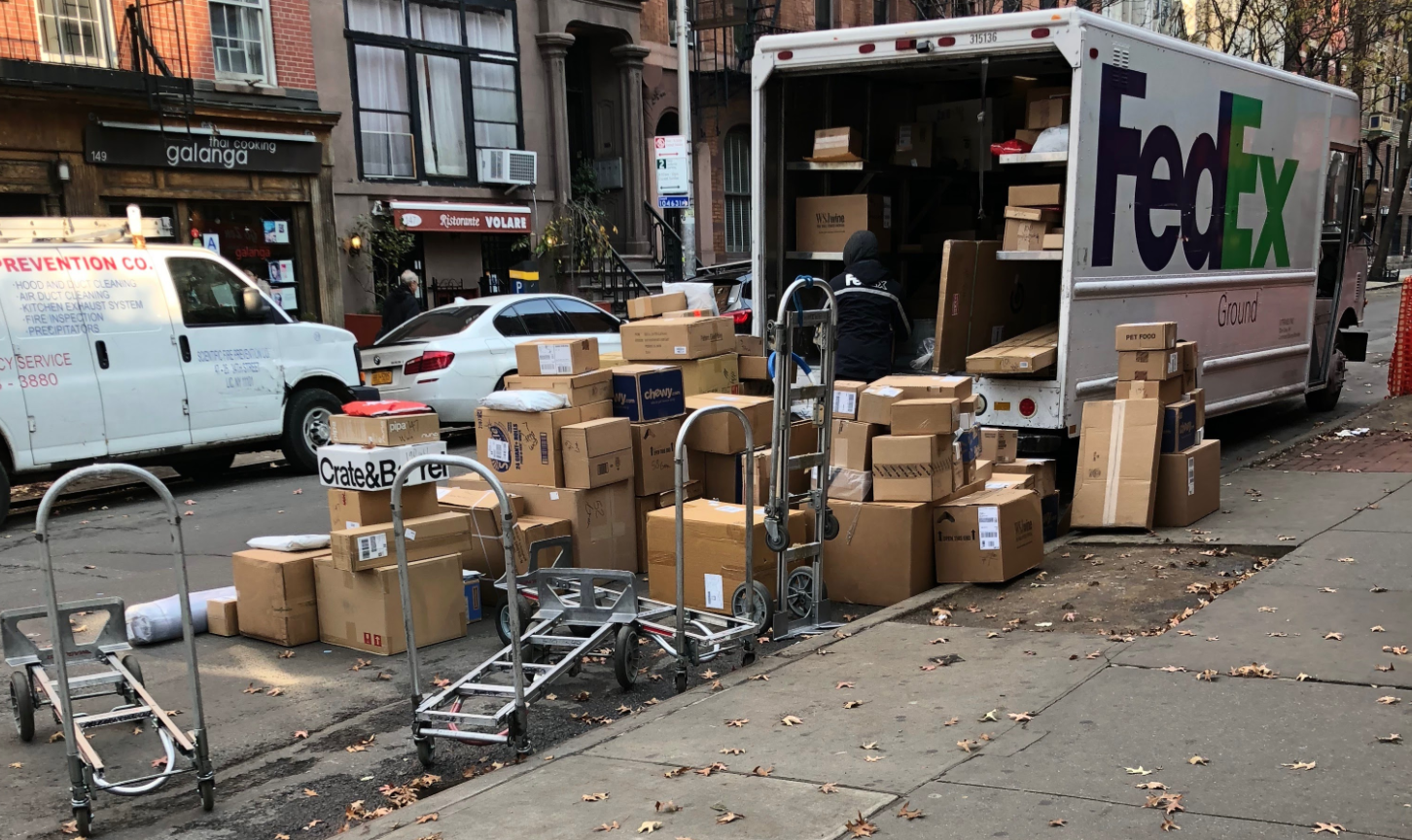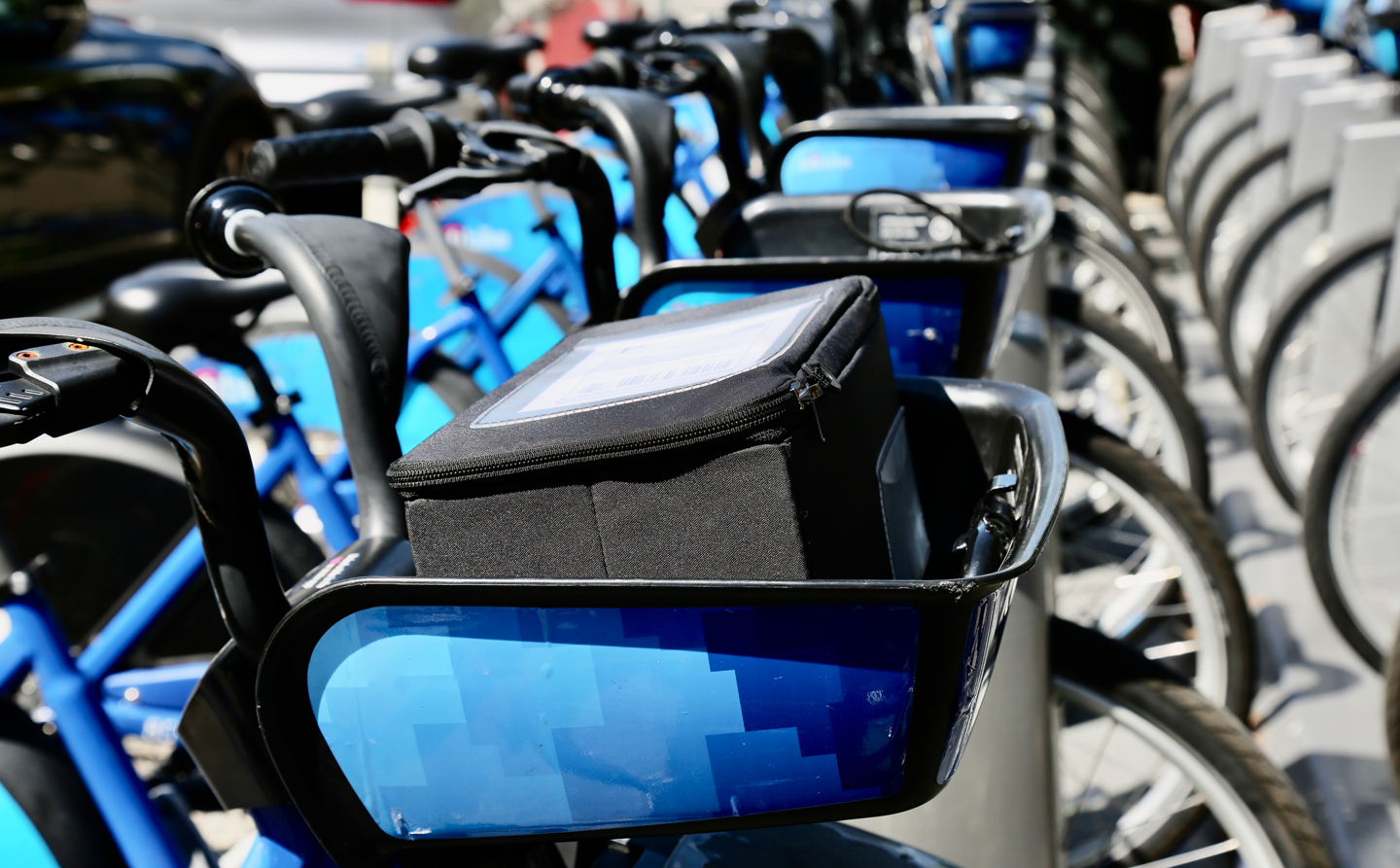
The Packaging Problem
With the tap of a finger, we can order food, clothing, furniture or even custom toilet paper - but with that convenience comes a tidal wave of waste
With 100 billion global parcel deliveries a year, and over 200 billion by 2026, the impact is undeniable
COVID-19 has only accelerated the shift to direct delivery - with online sales growing 71% in 2020
In the United States alone, it is enough packaging to pave a mile-wide cardboard road from New York City to Los Angeles and back - three times a year

Reusables are the solution
Durable, customized, reusable bags and boxes - and the logistics systems to support them.

Each of our reusable packages eliminates the need for 40+ single-use packages
Returnity packaging considers the following factors:
Reduces carbon footprint
Minimized cleaning requirements
Minimal or bio-based material usage (alternative material usage)
The Return Rate Bottom Line
Reusable packaging is more material and energy-intensive to manufacture and consumes resources to reaggregate, clean, and stage for the next use. To see an environmental benefit, the packaging has to be reused enough to overcome these expenditures. Returnity’s process is built around finding solutions that do just that - more than justifying the switch on an environmental, economic, and operational level.
The recent comprehensive analysis of reusable packaging by Fashion For Good highlights that “... a reusable package must fulfil more than four cycles before it presents a reduction in CO2 eq emissions...” With a 75% (or lower) return rate, you are likely creating more environmental harm, not less, by switching to reusables.








